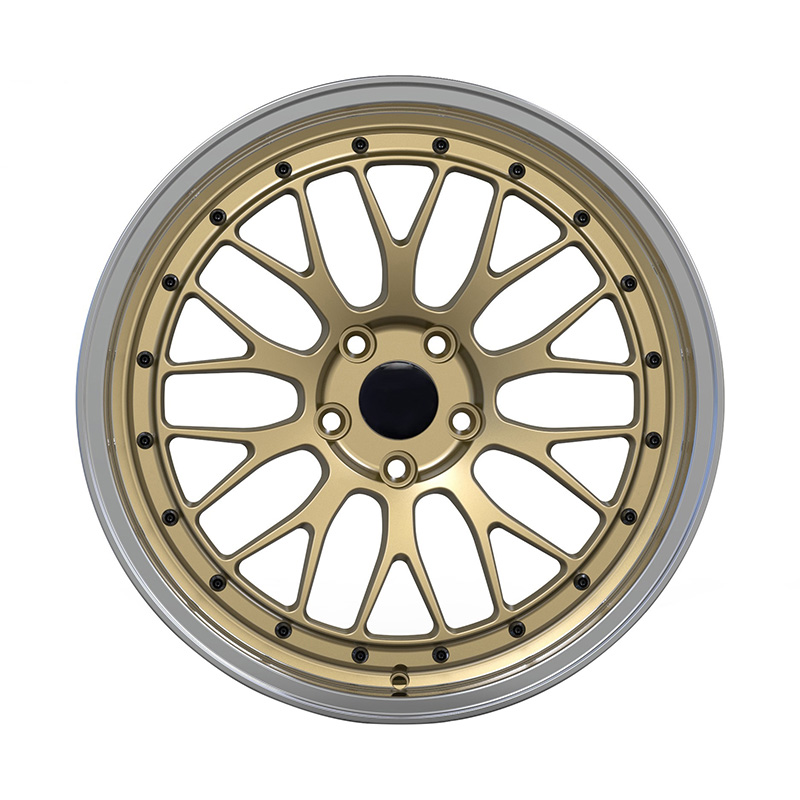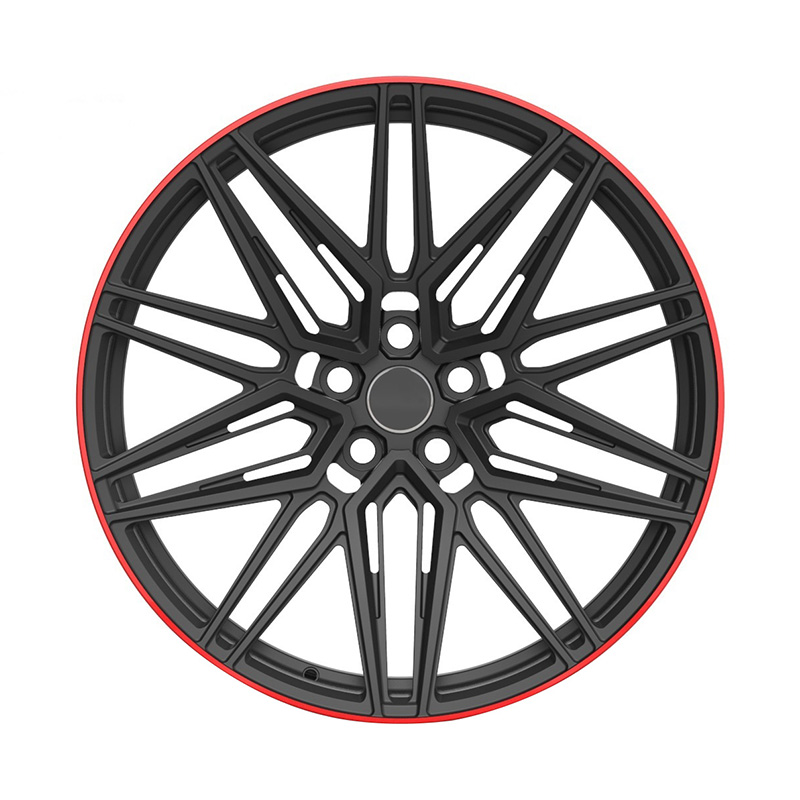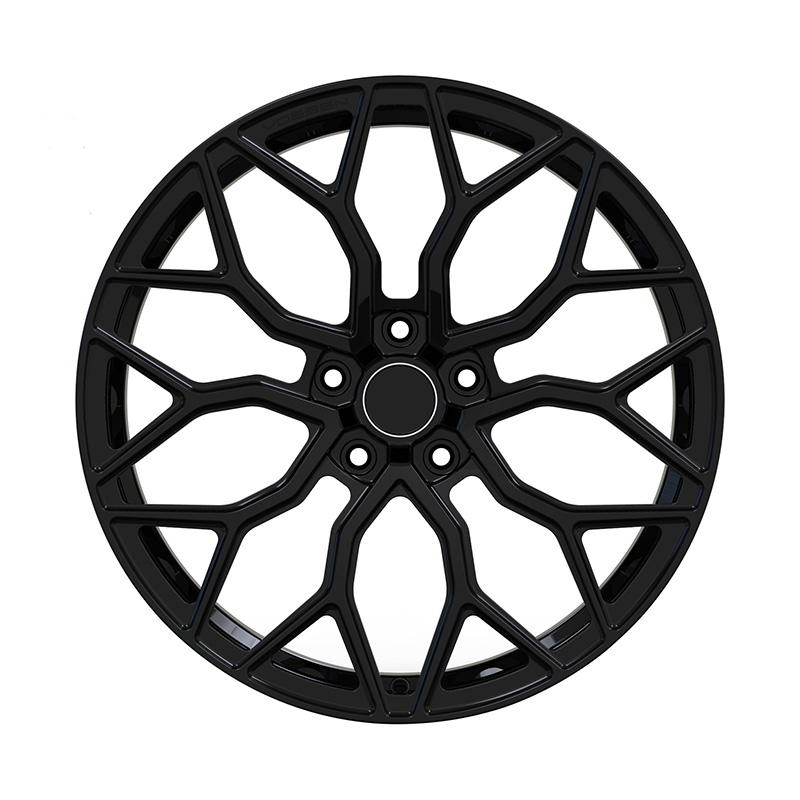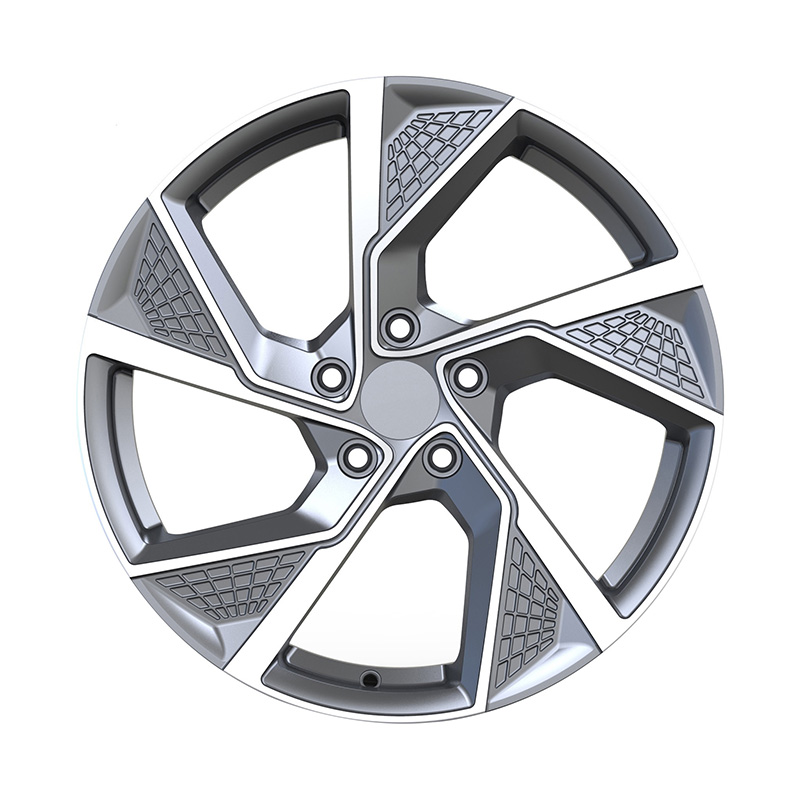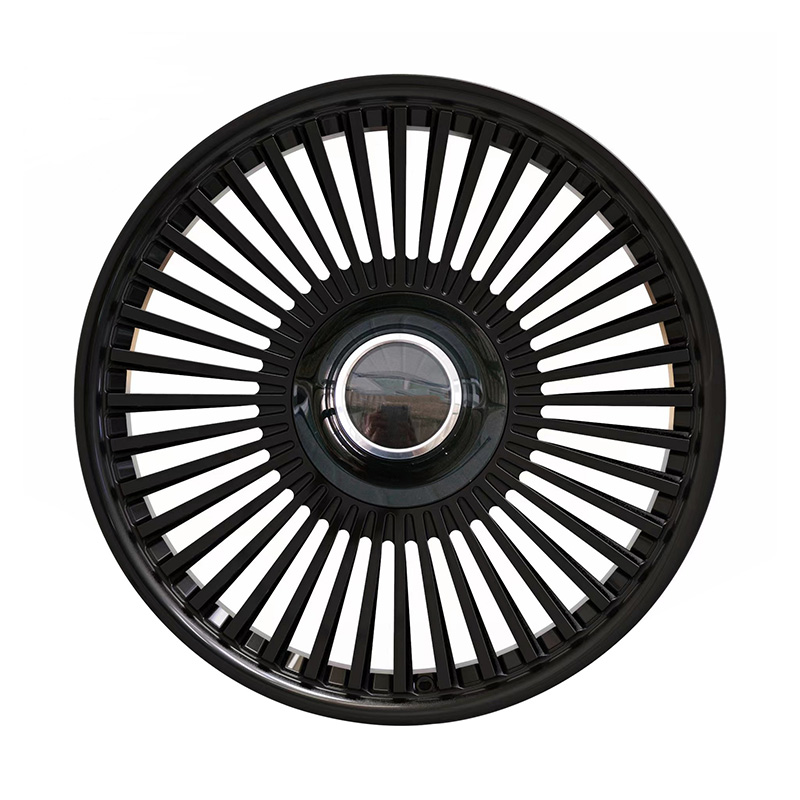
Submit
Submit feedback
What Processes Does 15 Inch Forged Beadlock Wheels Go Through?
2024-11-08
When it comes to high-performance wheels, particularly for off-road and motorsport vehicles, 15 inch forged beadlock wheels for sale are a popular choice among enthusiasts and professionals alike. These wheels are specifically designed to withstand conditions, such as rough terrains, rocky paths, and high speeds, all while providing a secure and stable tire fit. But what exactly goes into the creation of a 15 inch forged beadlock wheel?
1. Initial Design and Conceptualization
The process begins long before the piece of metal is forged. Engineers and designers work on a CAD (Computer-Aided Design) model of the 15 inch forged beadlock wheels for sale. During this phase, the specific performance requirements of the wheel are considered—strength, durability, weight, and compatibility with different off-road tires. The beadlock design, which helps secure the tire to the wheel, is also a key feature that’s taken into account.
2. Material Selection
The next step is selecting the right materials. High-quality 15 inch forged beadlock wheels are typically made from aerospace-grade aluminum alloy. This is chosen for its strength-to-weight ratio, corrosion resistance, and ability to handle the forces that off-road vehicles encounter. The material used must be light enough to improve vehicle performance without compromising durability. The alloy undergoes testing to ensure it meets the rigorous demands of a 15 inch forged beadlock wheel.
3. Forging Process
Forging is a critical process in the manufacturing of 15 inch forged beadlock wheels for sale. Unlike casting, which involves pouring molten metal into a mold, forging involves shaping the material by applying high pressure, usually through hammering or pressing. This process helps to align the grains of the metal, enhancing the wheel’s strength and ability to handle the stresses of off-road use.
The forging process starts with a billet of aluminum alloy, which is heated to the appropriate temperature. Once the material is malleable, it is placed into a press that molds it into a rough shape resembling a wheel. This process is done under pressure, and the result is a wheel with strength, as the forged metal is denser and less likely to develop weak points.
4. Machining and Shaping
Once the wheel has been forged, it still needs further shaping. This is where precision machining comes into play. The rough forged wheel undergoes CNC (Computer Numerical Control) machining, which allows for highly accurate cuts and the creation of detailed features such as bolt holes, rim profiles, and the beadlock ring itself. At this stage, the wheel also undergoes balancing to ensure that it will perform on the vehicle.
The beadlock ring, which is the distinctive feature of 15 inch forged beadlock wheels for sale, is carefully integrated into the wheel’s design. This ring provides additional clamping force to hold the tire securely in place, especially at low air pressures, which is common in off-road driving. The machining process ensures that the ring fits snugly and can withstand the high forces exerted during use.
5. Heat Treatment and Hardening
After the wheel has been machined to its desired shape, it undergoes a heat treatment process to enhance its mechanical properties. Heat treatment is a process where the metal is heated to a specific temperature and then rapidly cooled (quenched) to increase its hardness. This is an essential step for 15 inch forged beadlock wheels for sale, as it increases the strength and wear resistance of the wheel, making it better suited for rough terrain and high-stress applications.
The heat treatment process also helps to relieve any internal stresses that may have been introduced during the forging and machining processes. This ensures the wheel will maintain its structural integrity over time and under varying conditions.
recommend products
-
Zhenlun Multi Spokes Split Monoblock Forged Wheels Bronze With Silver Lip Edge
-
Zhenlun Matt Black With Red Lip Monoblock Forged Wheels
-
Zhenlun Gloss Black Monoblock Forged Wheels Gloss Black For Sports Car
-
Zhenlun Monoblock Forged Wheels Lightgrey With Machined Face
-
Zhenlun Monoblock Forged Wheels Gloss Black Dense Multi Spoke

 0
0

